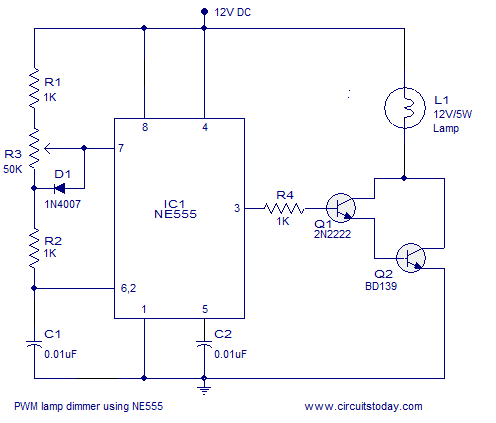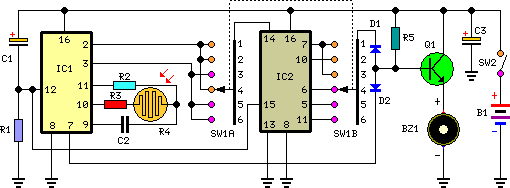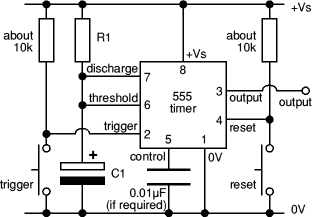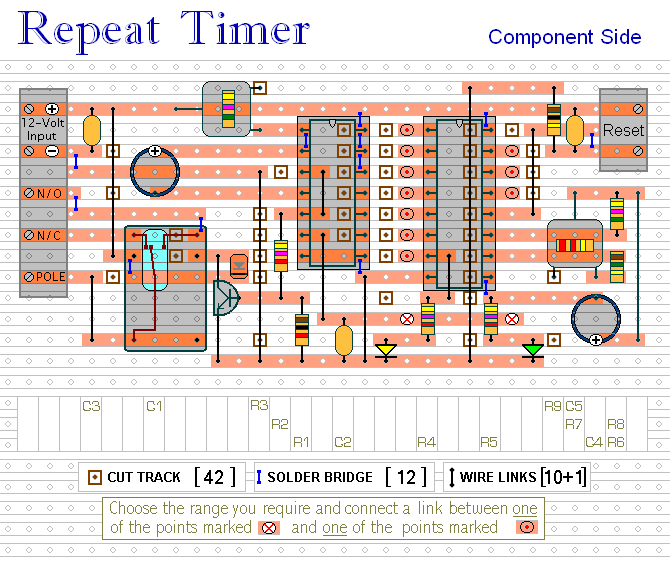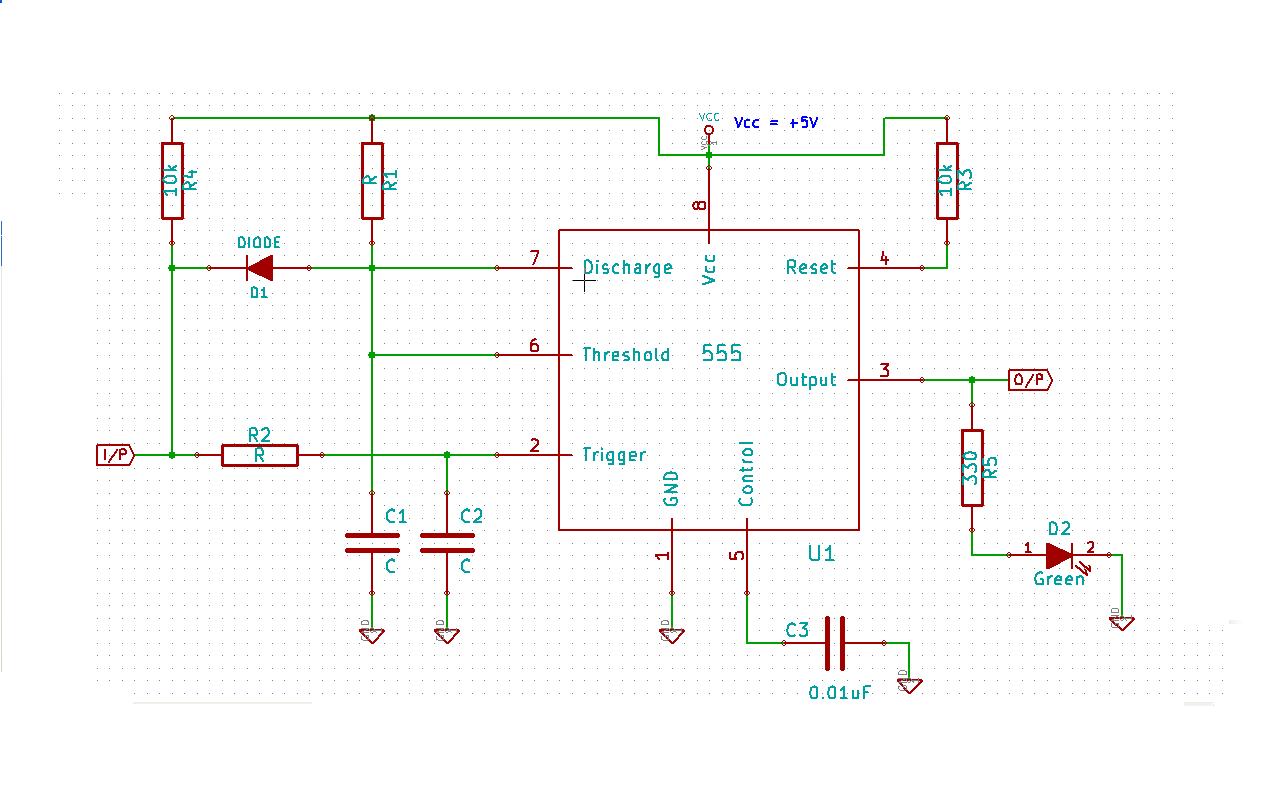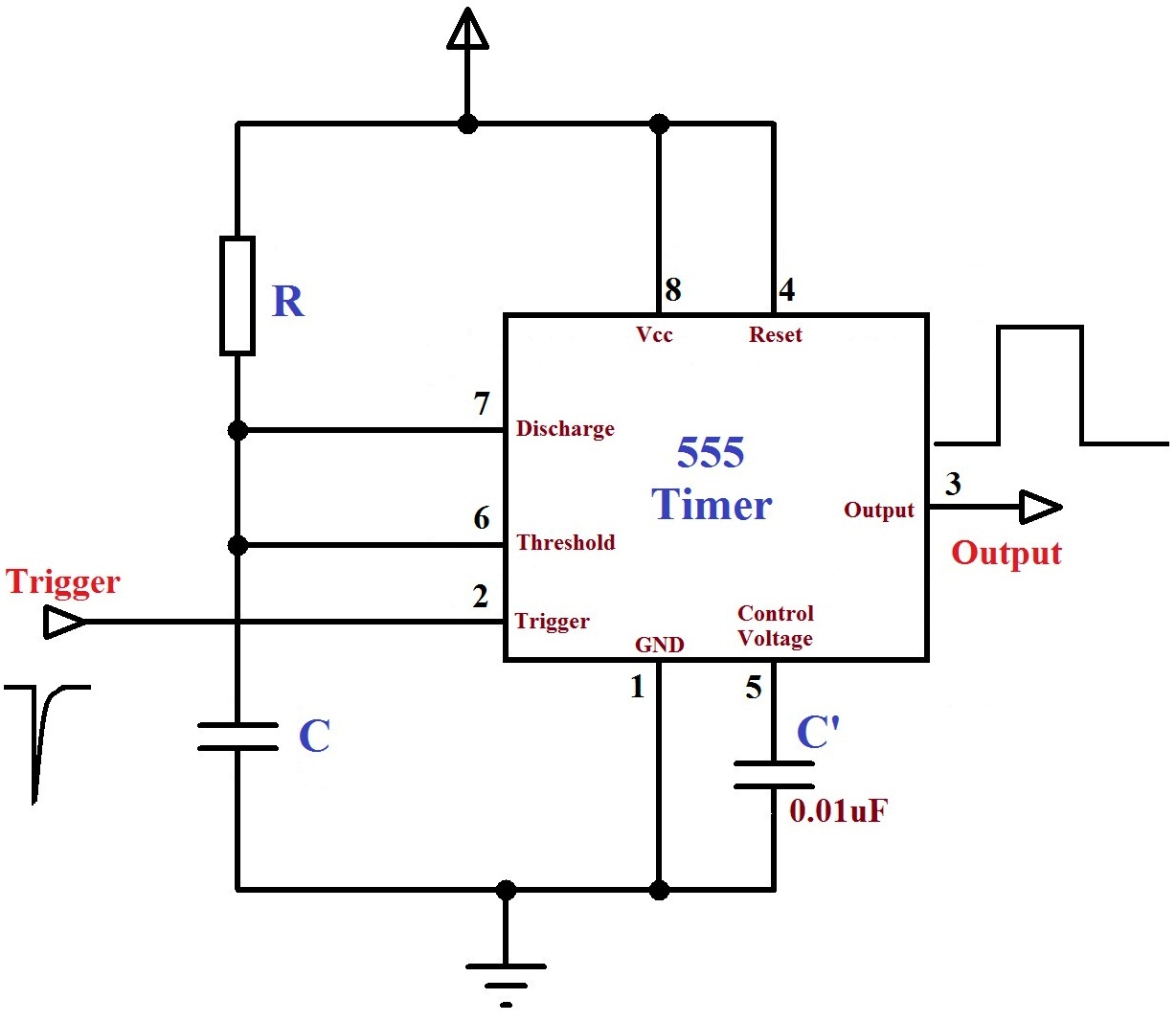
Darkroom Timer v2.0A for PCB Exposure Box

This is an enhanced version of the Darkroom Timer initially developed by Stan Ockers in 1999. Additional features have been incorporated, and the PIC code has been accordingly modified. The complete schematic, PCB layout, and silkscreen are provided in high-resolution PDF format. Component values are clearly indicated on the silkscreen. The modified source code is available in both ASM and HEX formats (compiled in MPLAB).
The improved Darkroom Timer circuit is designed to facilitate precise timing for photographic development processes. The enhancements over the original design include additional timing modes and user interface improvements, which allow for more versatile usage in various darkroom settings.
The schematic diagram illustrates the main components, including a PIC microcontroller that serves as the core processing unit. The microcontroller is programmed to manage the timing functions and user inputs, ensuring precise control over the development process. The circuit includes a display interface, typically an LCD or LED setup, to provide real-time feedback to the user regarding the timing status.
Power regulation components are included to ensure stable operation of the microcontroller and other active components. The PCB layout is optimized for compactness and efficiency, minimizing signal interference and enhancing reliability. The silkscreen layer not only identifies component values but also aids in the assembly process by providing clear labeling of connections and test points.
The availability of the modified source code in ASM and HEX formats allows for further customization and programming flexibility. Users can adapt the firmware to suit specific needs or integrate additional functionalities as required. The use of MPLAB for compiling the code ensures compatibility with a wide range of PIC microcontrollers, making this design accessible to a broad audience of electronics enthusiasts and professionals.
Overall, this enhanced Darkroom Timer offers significant improvements over its predecessor, making it a valuable tool for photographers seeking precision in their development processes.This is an improved version of the Darkroom Timer originally created by Stan Ockers (1999). Some extra features were added and the PIC code was modified accordingly The complete schematic, PCB and silkscreen are available in high resolution pdf format. The component values are clearly indicated on the silkscreen. The modified source code is avail able in asm and hex format (compiled in MPLAB). 🔗 External reference
The improved Darkroom Timer circuit is designed to facilitate precise timing for photographic development processes. The enhancements over the original design include additional timing modes and user interface improvements, which allow for more versatile usage in various darkroom settings.
The schematic diagram illustrates the main components, including a PIC microcontroller that serves as the core processing unit. The microcontroller is programmed to manage the timing functions and user inputs, ensuring precise control over the development process. The circuit includes a display interface, typically an LCD or LED setup, to provide real-time feedback to the user regarding the timing status.
Power regulation components are included to ensure stable operation of the microcontroller and other active components. The PCB layout is optimized for compactness and efficiency, minimizing signal interference and enhancing reliability. The silkscreen layer not only identifies component values but also aids in the assembly process by providing clear labeling of connections and test points.
The availability of the modified source code in ASM and HEX formats allows for further customization and programming flexibility. Users can adapt the firmware to suit specific needs or integrate additional functionalities as required. The use of MPLAB for compiling the code ensures compatibility with a wide range of PIC microcontrollers, making this design accessible to a broad audience of electronics enthusiasts and professionals.
Overall, this enhanced Darkroom Timer offers significant improvements over its predecessor, making it a valuable tool for photographers seeking precision in their development processes.This is an improved version of the Darkroom Timer originally created by Stan Ockers (1999). Some extra features were added and the PIC code was modified accordingly The complete schematic, PCB and silkscreen are available in high resolution pdf format. The component values are clearly indicated on the silkscreen. The modified source code is avail able in asm and hex format (compiled in MPLAB). 🔗 External reference
